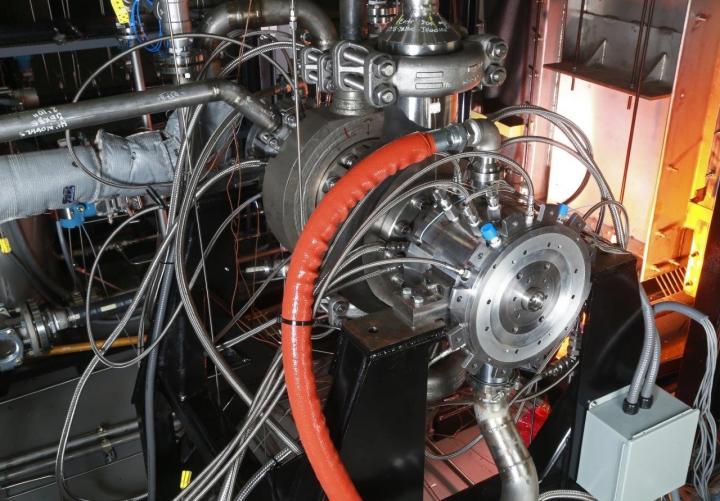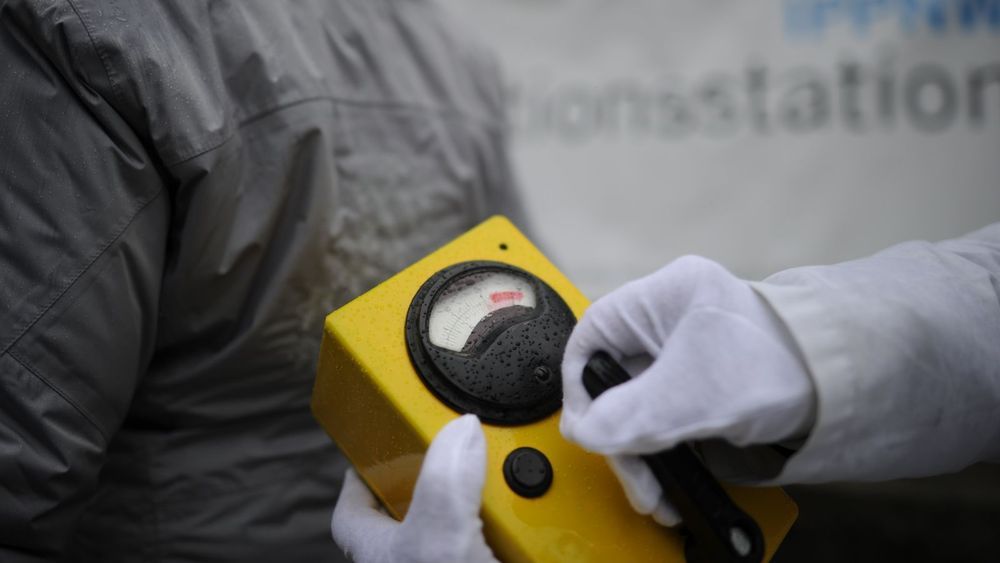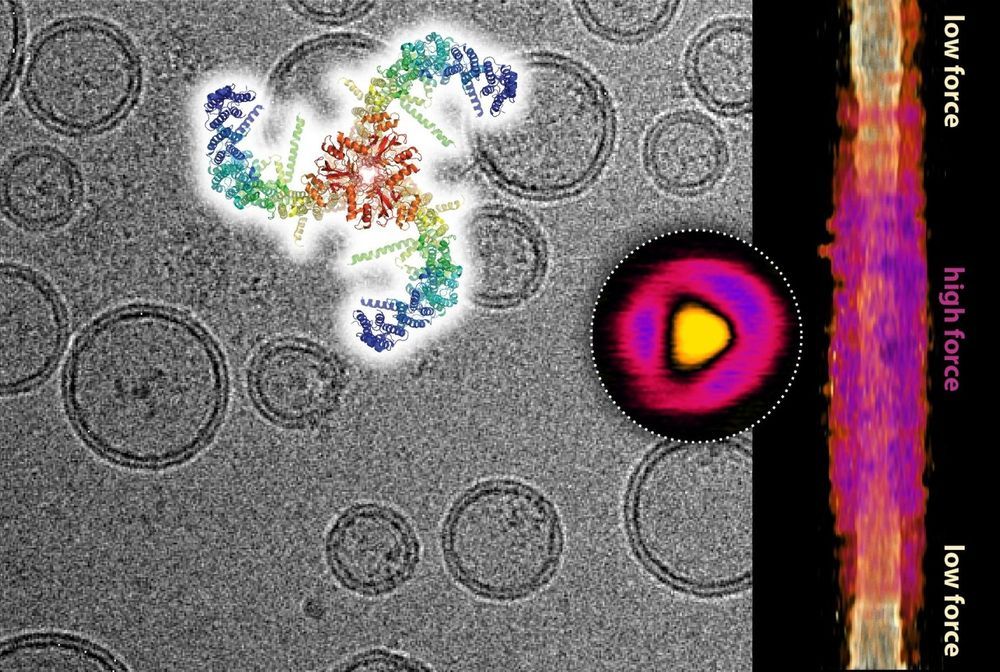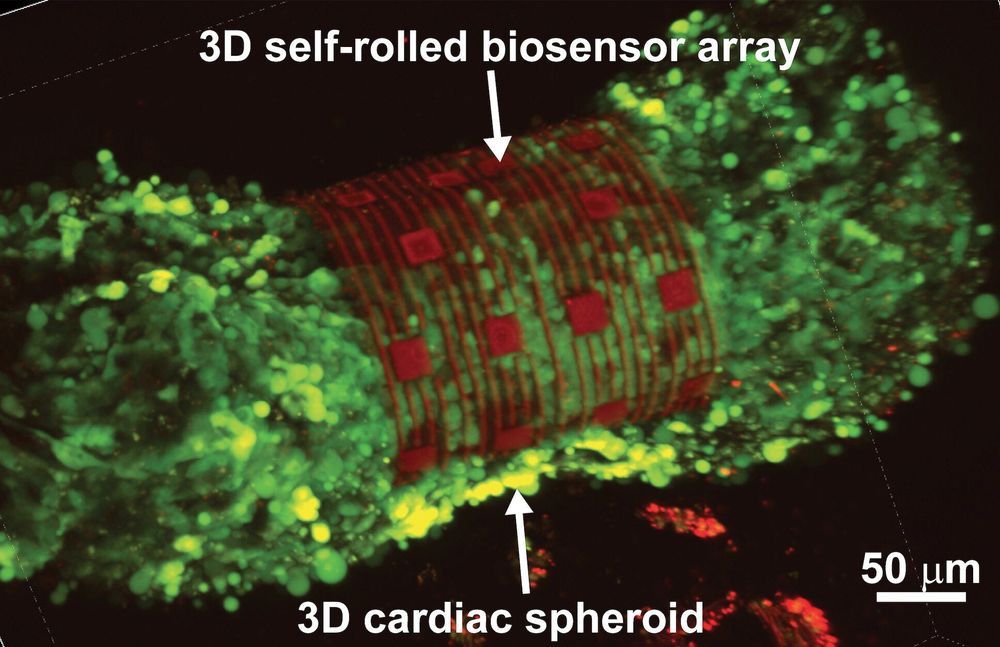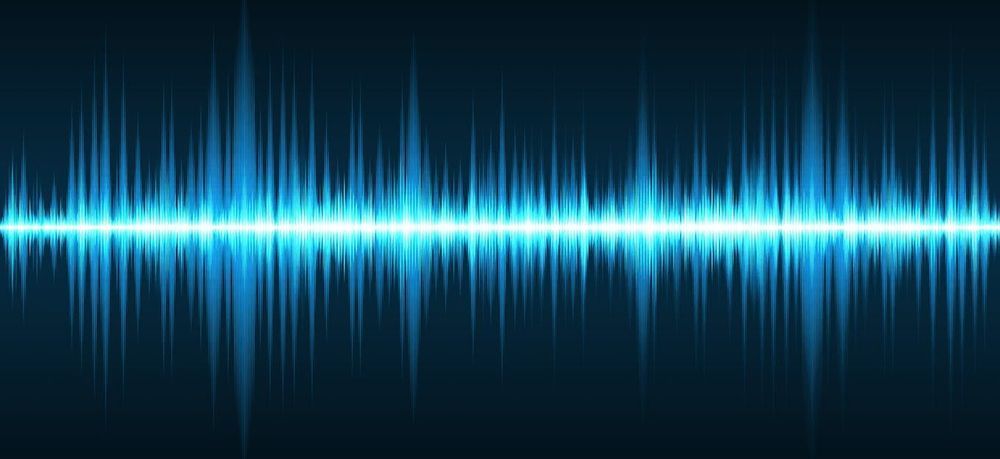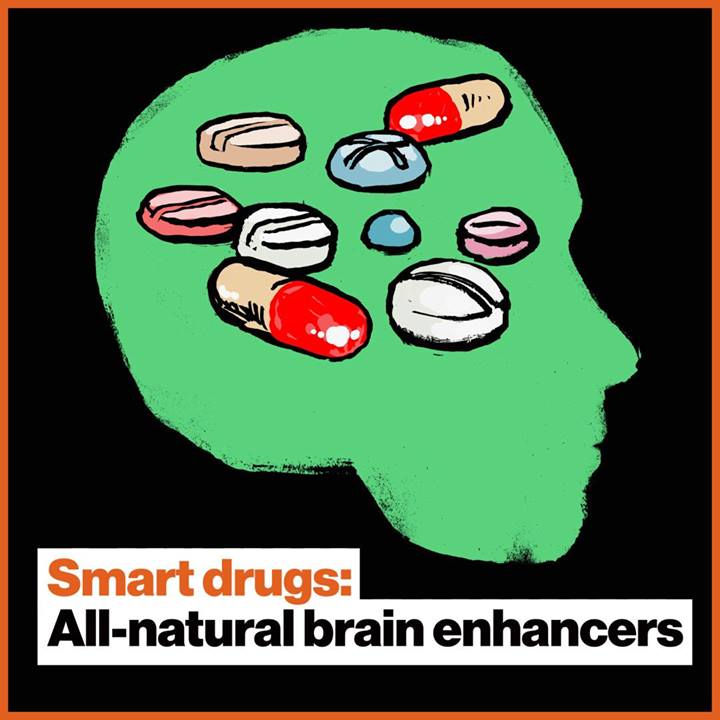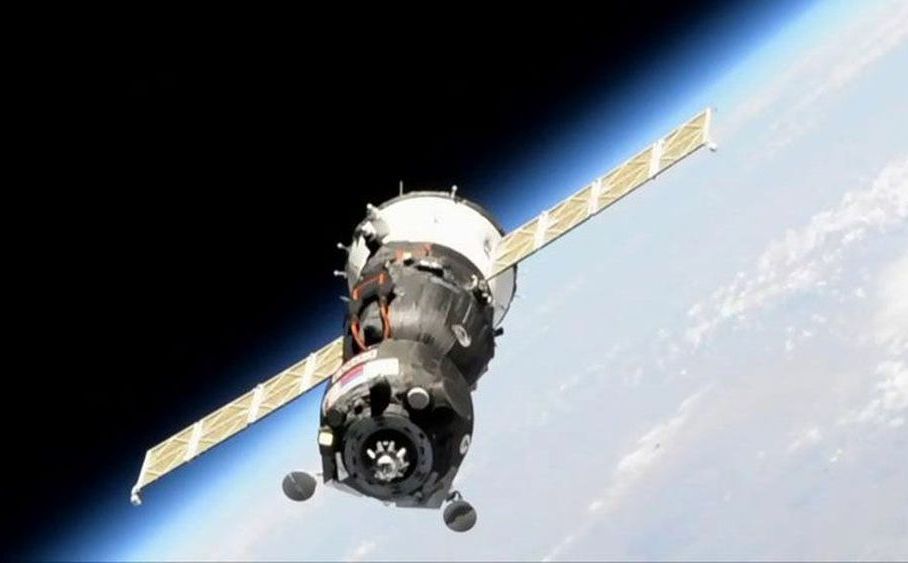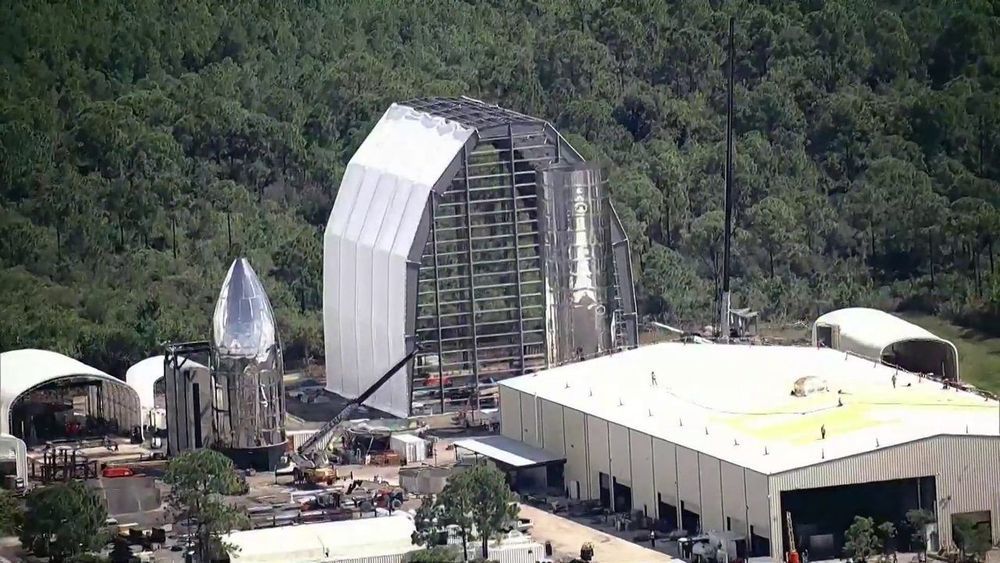Aug 25, 2019
SwRI and GE design and operate the highest temperature sCO2 turbine in the world
Posted by Omuterema Akhahenda in categories: finance, military, solar power, sustainability
SAN ANTONIO — April 8, 2019 — A team of Southwest Research Institute and General Electric (GE) engineers have designed, built and tested the highest temperature supercritical carbon dioxide (sCO2) turbine in the world. The turbine was developed with $6.8 million of funding from the U.S. Department of Energy (DOE) Solar Energy Technologies Office (SETO), in addition to $3 million from commercial partners GE Research, Thar Energy, Electric Power Research Institute, Aramco Services Company and Navy Nuclear Laboratory. Additionally, the DOE’s Advanced Research Projects Agency — Energy (ARPA-E) Full-Spectrum Optimized Conversion and Utilization of Sunlight (FOCUS) program provided financial support and extended the test program to validate advanced thermal seals.
Copyright © 2019 by the American Association for the Advancement of Science (AAAS)
